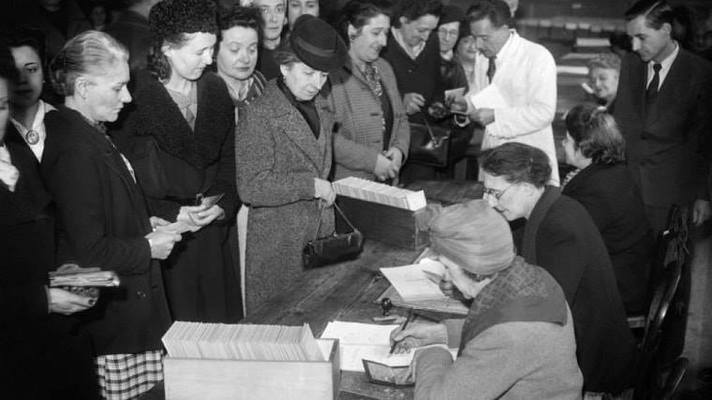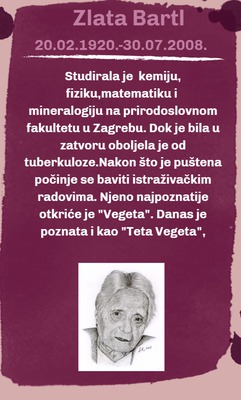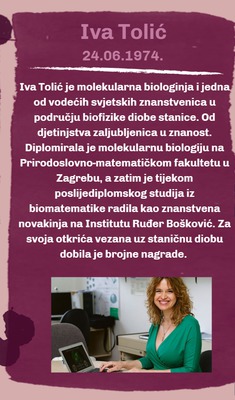Croatia has a population of 4.44 millions, of which 52% are women. They won legal and political recognition of equal rights after World War II. In the post-war period, economic conditions forced women to work and provide means for the family; similarly to other parts of the former Yugoslavia, it was considered that the legal women rights implied equal opportunity. This attitude has not been changed significantly up to now. However, in July 2003, a Gender Equality Act was adopted in the Parliament. Croatia is independent since 1991, but in the same year it was aggressed, and was in the war until 1995. This period has had an important impact on the economy and other aspects of the state activity, including the Croatian international relations (for instance, the Croatian participation in scientific contracts, networks…). From 1996. Croatia is the member of the Council of Europe, from 1999. is in the Stability Pact for South East Europe, 2001. signed the Stabilization and Association Agreement with EC and its member states, and in 2003. applied for membership of the EU.
source:
http://www.hfd.hr/zene_u_fizici/ENWISE-Croatia-B.Hamzic.pdf
Zlata Bartl - Mrs Vegeta by students of High school Novska
Women’s Suffrage in Croatia
August 11, (1945)
Women’s right to vote
Number of female heads of state to date: 2
When people start to celebrate anniversaries of an event that is considered a part of a social process, it is worth asking two things. How we celebrate it, and whether it is still a process. That is, does its substance change, and how, and even more so its meaning?

We ought to remind here that, ever since it was proclaimed as a symbolic date, the 8th of March was considered a symbol of rebellion and protests, of opposition and political and syndicalist demands; simultaneously infused with the demands we call specifically female (a political demand for women’s suffrage, since suffrage had already for long been guaranteed for men; giving equal rights to married and single mothers, and so on). The turbulent years of the early 20th century brought fundamental upheaval in raising the Women’s Question and striving to correct the civilisation’s injustice towards the female sex. The 8th of March became the manifest site of the struggle for women’s human rights, and it is no wonder that in the first phase, it very quickly became the event linked to the struggle for women’s rights in many lands. That is, it became international.
As a consequence of this struggle, a great deal of women’s rights was later realised (around the end of the World War 2, a large number of countries introduced women’s suffrage, other formal rights such as the right to an education, to have access to all occupations and to engage in politics), thus creating a sort of conceptual vacuum regarding the remaining causes of the still unresolved issue of gender inequality. The countries of the then post-war Eastern Bloc present a particular problem, since the women’s movement, as it has formed in western countries, didn’t even exist there, and all the mentioned formal rights of women were granted from above, through state revolution, owing to the Socialist ideology. This is where the state took over the duties and initiatives, made the 8th of March itself a matter of state and took hold of it.
Source: https://redyellowblue.org/data/hr/wdhr/

